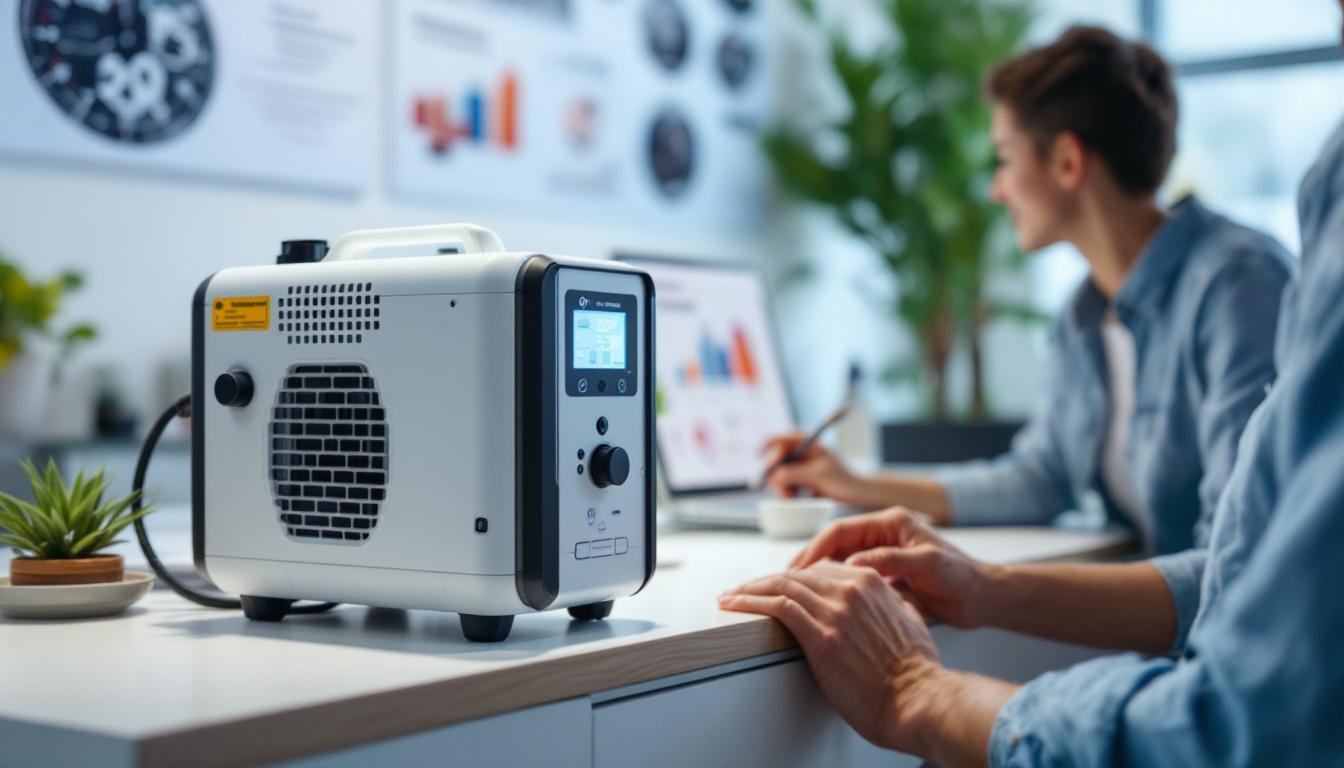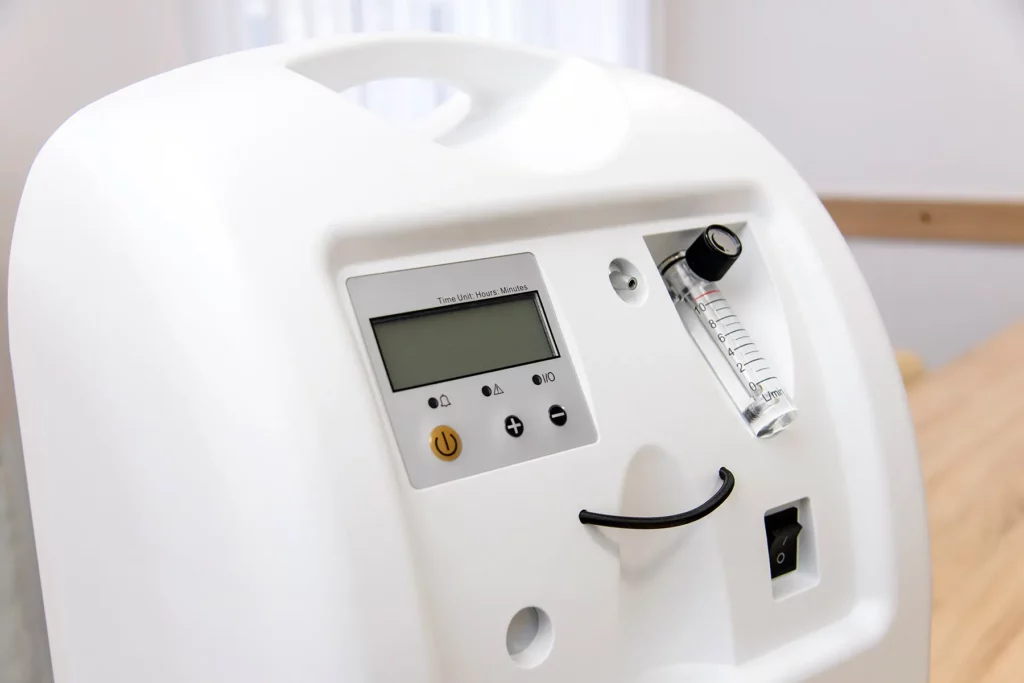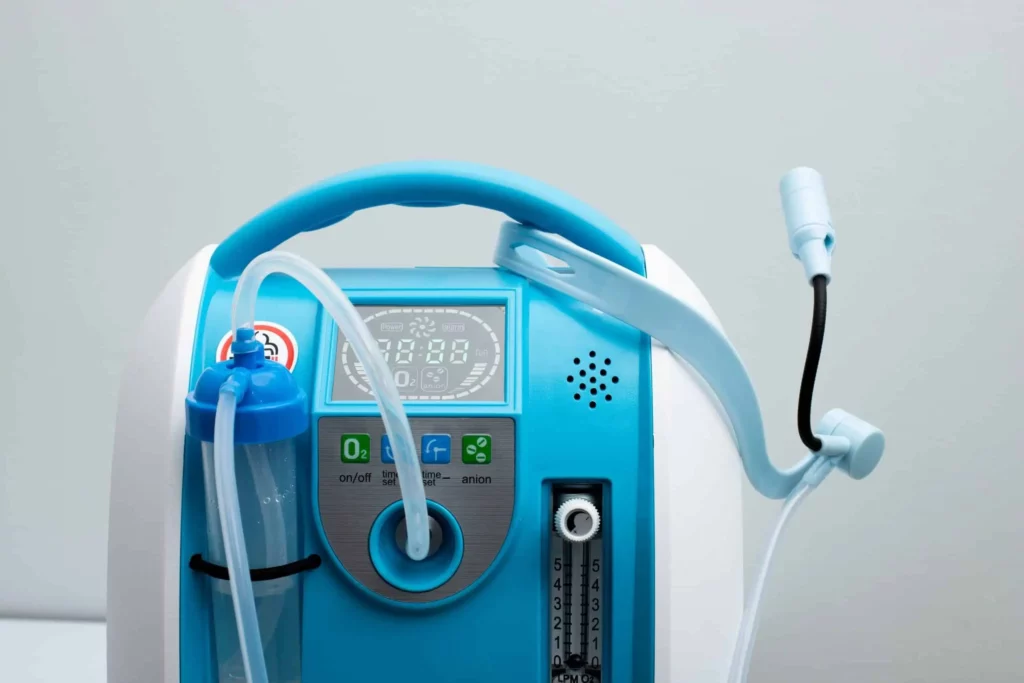Oxygen compressors play a crucial role in providing supplemental oxygen to individuals with respiratory issues. As the demand for home oxygen therapy continues to rise, understanding how to choose the right oxygen compressor becomes essential. This guide aims to provide comprehensive insights into selecting an appropriate oxygen compressor for home use, ensuring that users receive the best possible care.
Understanding Oxygen Compressors
An oxygen compressor, often referred to as an oxygen concentrator, is a medical device that extracts oxygen from the surrounding air and delivers it in a concentrated form. These devices are particularly beneficial for individuals with chronic obstructive pulmonary disease (COPD), asthma, or other respiratory conditions. By understanding the basic functionality of these devices, users can make informed decisions about their home oxygen needs.

How Do Oxygen Compressors Work?
Oxygen compressors operate by drawing in ambient air, which is composed of approximately 21% oxygen. The device uses a series of filters and molecular sieves to separate the oxygen from other gases, such as nitrogen. The purified oxygen is then delivered to the user through a nasal cannula or mask. This process allows individuals to receive the oxygen they need without the necessity of bulky oxygen tanks.
The technology behind oxygen compressors has advanced significantly over the years, leading to more compact and efficient models. Modern devices often incorporate features such as built-in humidifiers to enhance comfort during use, as dry oxygen can irritate the nasal passages. Additionally, many oxygen concentrators are equipped with alarms and monitoring systems that alert users to any potential issues, ensuring a consistent and reliable oxygen supply. This level of sophistication not only improves the user experience but also provides peace of mind for both patients and caregivers.
Read more at: Understanding Oxygen Therapy at Home: A Practical Guide
Types of Oxygen Compressors
There are primarily two types of oxygen compressors available for home use: continuous flow and pulse dose. Continuous flow compressors deliver a constant stream of oxygen, making them suitable for individuals who require a steady supply. Conversely, pulse dose compressors release oxygen in bursts, which can be more efficient for those who only need oxygen during specific activities, such as walking or exercising.
In addition to these two main types, there are also portable oxygen concentrators designed for individuals who lead an active lifestyle. These devices are lightweight and battery-operated, allowing users to maintain their mobility without being tethered to a stationary unit. Many portable models offer both continuous flow and pulse dose settings, providing versatility for various situations. As a result, patients can travel, attend social events, or engage in outdoor activities with greater ease, significantly enhancing their quality of life. The choice of an appropriate oxygen compressor ultimately depends on the individual’s specific medical needs and lifestyle preferences.
Factors to Consider When Choosing an Oxygen Compressor
Selecting the right oxygen compressor involves evaluating several key factors. These considerations ensure that the chosen device meets the individual’s specific health needs and lifestyle requirements.
Oxygen Flow Rate
The oxygen flow rate is a critical factor to consider when choosing an oxygen compressor. Measured in litres per minute (LPM), the flow rate indicates how much oxygen the device can deliver. It is essential to consult with a healthcare professional to determine the appropriate flow rate based on the individual’s oxygen saturation levels and overall health condition. Learn more about saturation on https://www.ncbi.nlm.nih.gov/books/NBK525974/
For instance, individuals with mild respiratory issues may require a lower flow rate, while those with more severe conditions may need a higher flow rate to maintain adequate oxygen levels. Understanding these requirements can help in selecting a device that provides the necessary support.
Portability and Size
Portability is another significant consideration, especially for individuals who lead an active lifestyle. Some oxygen compressors are designed to be lightweight and compact, making them easy to transport. This feature is particularly beneficial for users who need to travel or go out frequently.
On the other hand, larger stationary models may offer higher flow rates and additional features, but they can be cumbersome to move. Evaluating the balance between portability and functionality is essential to ensure that the device suits the user’s lifestyle.

Noise Level
The noise level of an oxygen compressor can significantly impact the user’s comfort and quality of life. Some models operate quietly, allowing users to go about their daily activities without disruption. In contrast, others may produce noticeable noise, which can be bothersome, especially during night-time use.
When selecting an oxygen compressor, it is advisable to check the manufacturer’s specifications regarding noise levels, often measured in decibels (dB). A quieter model can enhance the overall experience, particularly for those who require oxygen therapy during sleep.
Additional Features to Look For
Modern oxygen compressors come equipped with various features that can enhance usability and convenience. Understanding these features can help users make an informed choice.
Built-in Humidifiers
Some oxygen compressors include built-in humidifiers, which can be beneficial for users who experience dryness in their airways. Humidification helps to alleviate discomfort and can improve the overall effectiveness of oxygen therapy. If dryness is a concern, selecting a model with a humidifier may be advantageous.
Oxygen Monitoring Systems
Advanced oxygen compressors may feature built-in monitoring systems that track oxygen saturation levels. These systems can provide real-time feedback, allowing users to adjust their oxygen intake as needed. This feature is particularly useful for individuals who are managing their condition independently and wish to stay informed about their oxygen levels.
Battery Life and Backup Options
For those who require mobility, battery life is a crucial consideration. Many portable oxygen compressors come with rechargeable batteries, allowing users to maintain their oxygen supply while on the go. It is essential to evaluate the battery life and consider models that offer extended usage times.
Additionally, having a backup power option can provide peace of mind in case of power outages, ensuring that users have continuous access to oxygen therapy.
Consulting Healthcare Professionals
Before making a final decision on an oxygen compressor, it is vital to consult with healthcare professionals. They can provide personalised recommendations based on the individual’s medical history, current health status, and specific needs. Click here to find more about health.
Assessment of Medical Needs
Healthcare providers can conduct assessments to determine the appropriate flow rate and type of oxygen compressor required. They may also consider factors such as the severity of the respiratory condition, lifestyle, and any other medical considerations that may influence the choice of device.
Follow-Up and Adjustments
Regular follow-up appointments with healthcare professionals can help monitor the effectiveness of the chosen oxygen compressor. Adjustments may be necessary over time, depending on changes in the individual’s health status or lifestyle. Maintaining open communication with healthcare providers ensures that users receive the best possible care and support.
Cost Considerations and Insurance Coverage
The cost of oxygen compressors can vary significantly based on the type, features, and brand. It is essential to consider budget constraints while also evaluating the long-term benefits of investing in a high-quality device.
Understanding Pricing
Prices for oxygen compressors can range from a few hundred to several thousand dollars. Portable models tend to be more expensive due to their advanced technology and convenience features. When selecting a device, it is advisable to weigh the initial investment against the potential benefits, such as improved quality of life and better health outcomes.
Insurance and Financial Assistance
Many health insurance plans cover a portion of the costs associated with oxygen therapy, including the purchase or rental of an oxygen compressor. It is crucial to check with the insurance provider to understand the coverage options and any necessary documentation required for reimbursement.
Additionally, various financial assistance programs may be available to help offset costs, particularly for individuals with limited income. Exploring these options can provide valuable support in acquiring the necessary equipment.
Conclusion
Choosing the right oxygen compressor for home use is a significant decision that can greatly impact an individual’s quality of life. By understanding the various types of compressors, considering essential factors such as flow rate, portability, and additional features, users can make informed choices that best suit their needs.
Consulting with healthcare professionals is vital to ensure that the selected device aligns with medical requirements. Additionally, being aware of cost considerations and insurance coverage can facilitate a smoother purchasing process.
Ultimately, the right oxygen compressor can provide essential support for individuals with respiratory conditions, enabling them to lead healthier, more active lives.

